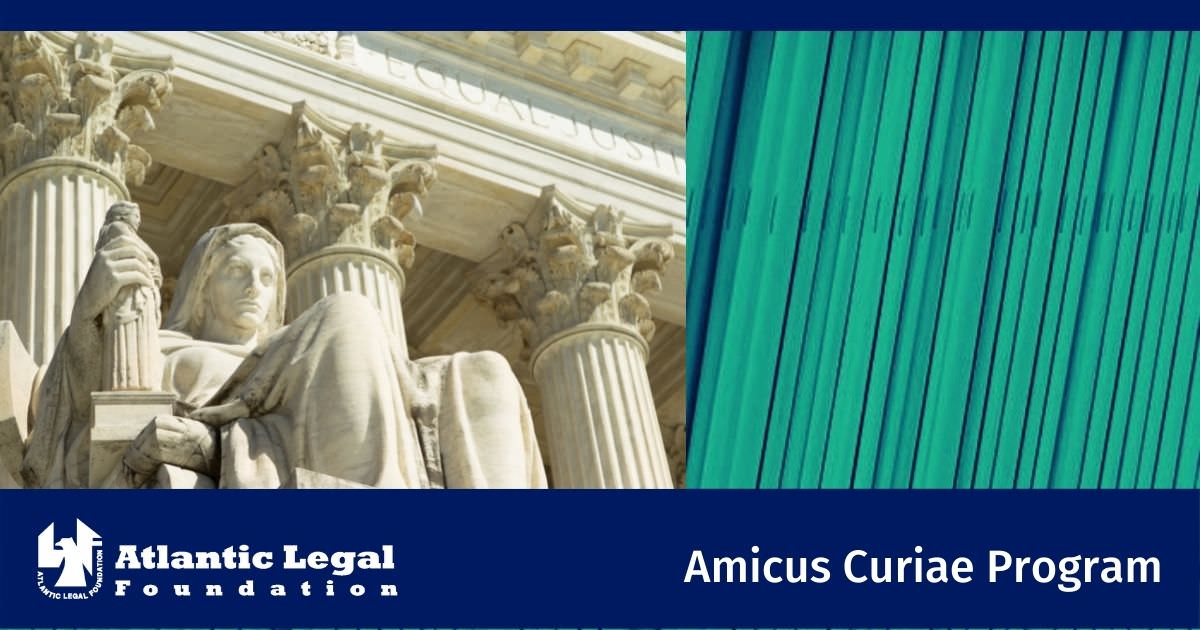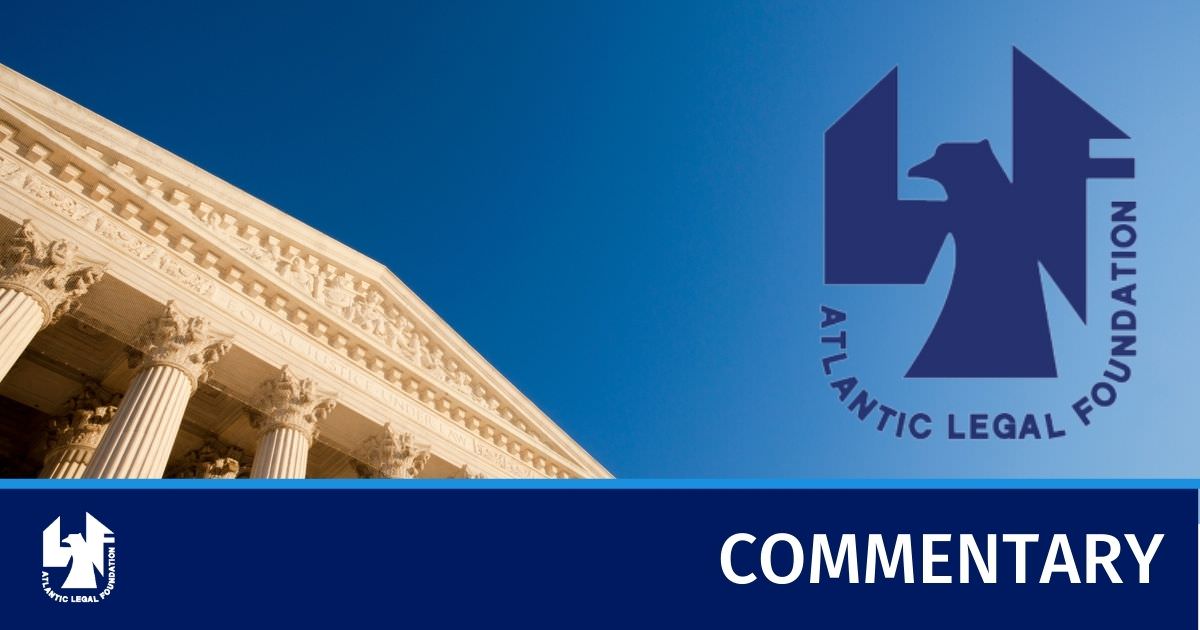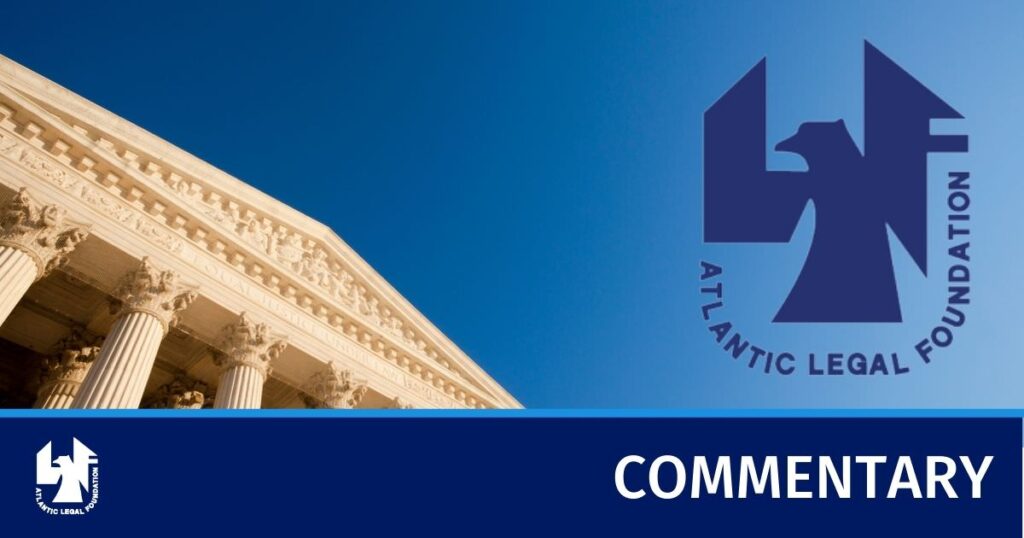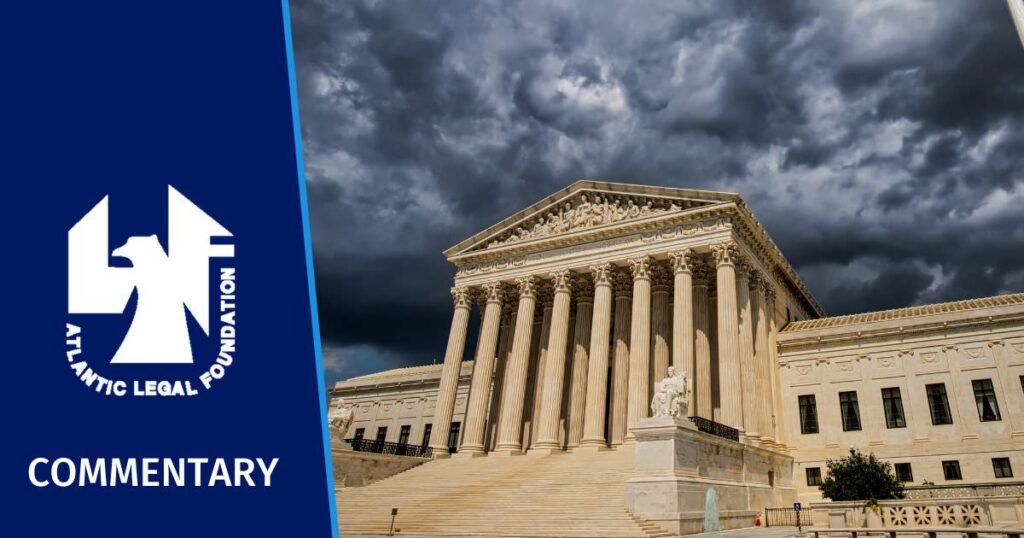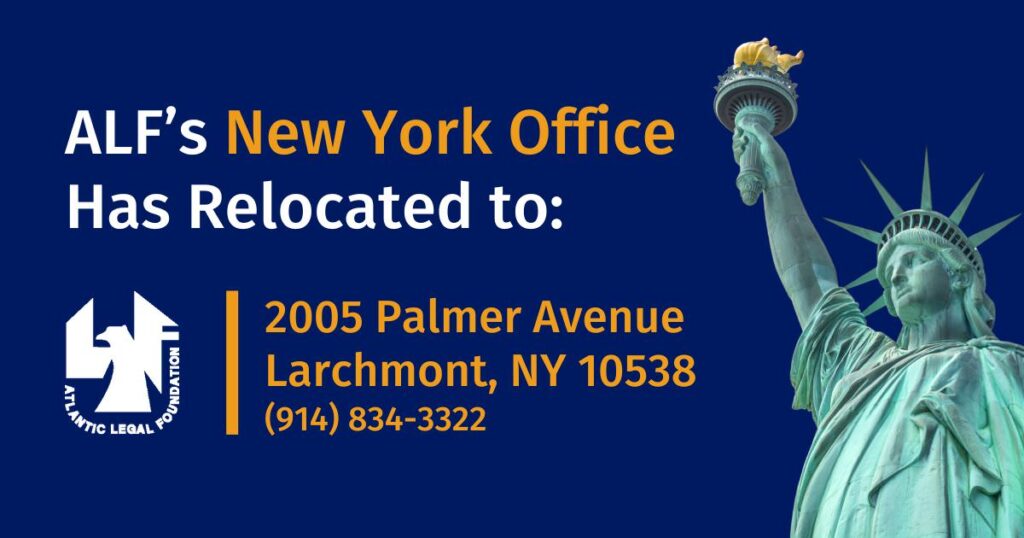Ronald Zumbrun isn’t sleeping well these days.
But Zumbrun, founder and president of the conservative public interest firm Pacific Legal Foundation, isn’t complaining. What wakes him in the middle of the night is excitement over the opportunities and possibilities he foresees for his organization for the next several years.
"We see the ’90s as our decade," he said recently at the foundation’s Sacramento headquarters, an office suite in a complex shared by IBM and Eastman-Kodak, among others.
"We have the weapons — court precedent, experienced personnel and credibility."
In preparation for coming battles, the foundation has established a computer linkup with a kindred spirit in Boston, the New England Legal Foundation, and is planning to open its fourth office this summer. Coming off nearly 20 years of disappointment, Zumbrun believes the composition of the state’s and the nation’s high courts will offer the right climate for the foundation to promote its agenda of free enterprise and the primacy of the individual.
In particular, Pacific Legal Foundation will focus its efforts on what it sees as protecting rights against intrusion by government regulation — it was especially hopeful over the U.S. Supreme Court’s apparent eagerness to handle takings-clause cases this term.
But some critics, from both ends of the political spectrum, say Zumbrun’s confidence is overblown. In particular, they say the takings cases have been disappointments for conservatives, though Zumbrun disagrees. The Pacific Legal Foundation’s growth is undisputed, however.
When Zumbrun started the PLF in 1973 with three other former government lawyers, it was the first public interest firm to speak with a conservative voice. It has spent years opposing more established and better staffed groups like the American Civil Liberties Union and the Sierra Club. The foundation has been joined in its struggle by some 20 other conservative public interest law firms that have sprung up across the country over the last two decades.
The foundation, however, remains the largest and richest and takes pains to establish itself as more than a front for big business. It has 15 attorneys on staff and budget of about $ 3.5 million, while most of its "cousins" have between two and four lawyers operating on six-figures budgets. Besides its Sacramento headquarters, the foundation has offices in Anchorage and Portland, Ore.
The foundation will open a Seattle office this summer. While it has had a good deal of company, the foundation also has had a fair amount of misery. In the 1970s and early 1980s, the foundation was winning about two-thirds of its cases before California district courts of appeal but only about 5 percent before the state Supreme Court, Zumbrun says. The outlook brightened in 1986, when California voters overhauled the state Supreme Court by electing three conservatives in place of Chief Justice Rose Bird and liberals Joseph Grodin and Cruz Reynoso.
Meanwhile, a steady stream of conservative judges was ascending to the federal bench under the Reagan and Bush administrations and now, a solid conservative majority occupies the U.S. Supreme Court. A WAVE OF TAKINGS CASES With what it sees as sympathetic courts in place, the foundation places high hopes for success on topics of individual rights, particularly concerning the Fifth Amendment’s taking clause. Through its Nollan Follow-Up program, the firm intends to preserve what was a major victory for property rights advocates.
The program takes its name from Nollan v. California Coastal Commission, 483 U.S. 825 (1987), in which the U.S. Supreme Court held that a regulation imposed on a landowner somehow must be connected to how the landowner intended to use the property.
The plaintiff in the case had been told that a permit to build an addition to his home would not be granted unless he provided a public right of way to the adjacent beach. "Nollan does not interfere with legitimate regulating and zoning by government," says Zumbrun, whose group filed an amicus brief in the case. "There’s nothing wrong with [such government] restrictions. The question is, who pays?"
Armed with the Nollan precedent, the foundation acts as a self-appointed watchdog, ensuring that local and regional governments either slash land use regulations or pay landowners who face unwarranted limitations on the use of their property. Zumbrun also predicts that before the decade expires his firm will bury the concept of rent control once and for all by employing Nollan. "We can show that rent control has never helped created affordable housing," Zumbrun says.
"We’ve been looking nationally [for a test case] ever since Nollan came down." He says the 1990 Census provided a wealth of evidence supporting his contention, and that without an underlying justification for rent control, he says, governments will be forced to abandon the effort.
But Gideon Kanner, a property professor at Loyola Law School in Los Angeles, is skeptical the ploy will succeed. The U.S. Supreme Court, he says, has repeatedly ruled rent control is permissible, despite a mountain of evidence presented against it. "The courts have said ‘We don’t care if the legislature is stupid. That’s their business,’" says Kanner, who is also of counsel to the L.A. office of Oakland’s Crosby, Heafy, Roach & May.
For a short while, the Pacific Legal Foundation had expectations that Nollan was just the beginning of takings cases that would go its way. When the U.S. Supreme Court agreed in October to hear three challenges to government regulation of private property, many thought the court was prepared to reverse a 50-year trend allowing governments considerable discretion in zoning. But the court subsequently backed out of considering one of the cases, PFZ Properties v. Rodriguez, 91-122, and upheld the regulation in a second, Yee v. City of Escondido, 112 S.Ct. 1522. Zumbrun remains confident that the last case, Lucas v. South Carolina Coastal Commission, 91-453, will bring victory.
The foundation has filed an amicus brief on behalf of plaintiff David Lucas, who was barred from building on his beachfront lot when the state attempted to use its police powers to establish a 500-yard perimeter to protect the beach from erosion. The state defends its action by claiming that any structure built on Lucas’ land would be a public nuisance. Lucas has demanded that he be compensated for losing the use of his land.
"I am predicting that the police powers as exercised against Lucas will be invalidated, and I hope that actual ruling is broad enough to encompass the nuisance exception," Zumbrun says.
BAR DUES AND TIMBER WARS
Even if the property rights front looks ambiguous, Zumbrun has high hopes for combatting bureaucratic interference in other arenas. Conservative public interest law groups have been buoyed by such cases as Keller v. State Bar of California, 496 U.S. 1 (1990) in which the U.S. Supreme Court ruled that compulsory dues paid to the regulatory body could not be used for any purpose beyond regulating the practice and improving services. The foundation is following up with litigation aimed at ensuring the State Bar complies with the ruling.
The group also is attempting to apply Keller to the University of California school system in a suit aimed at keeping student activity funds from being donated to public interest research groups that engage in political activities.
New York City’s Atlantic Legal Foundation, won a partial victory in a similar case before the Second Circuit U.S. Court of Appeals against the State University of New York system. The foundation also is hoping to harvest significant legal precedents from the timber wars being litigated in the courts of the Pacific Northwest where it opened its Portland office in January and will open a Seattle office in June.
The foundation is awaiting state and federal hearings in takings cases it’s filed on behalf of an Oregon couple who were denied a permit to build a home when their 40-acre property was rezoned for commercial foresting. Foundation lawyer Richard Stevens says his clients’ due process rights also were violated because state officials approved the couple’s building permit while knowing a zoning change was imminent. And the Pacific Legal Foundation is retooling its Limited Government Project, a program initiated to challenge federal rules dealing with wetlands, endangered species and toxic cleanup. Since earlier efforts to influence lawmakers have proved largely unsuccessful, Zumbrun says, the firm’s strategy now relies on working through the judiciary.
LOOKING TO THE STATES
But many lawyers, including some of Zumbrun’s allies, question whether judicial politics can be counted upon to deliver the changes sought by Zumbrun and like-minded conservatives. Stephen Bokat of the National Chamber Litigation Center, Inc., which concerns itself solely with business-related cases, says his group has actually done well before liberal federal judges.
"This is not a pro-business [Supreme] Court," says Bokat, whose Washington-based organization is affiliated with the U.S. Chamber of Commerce. "The court has been states-rights oriented . . . in anti-trust cases."
Academics say the courts are not, as Zumbrun appears to believe, any more sympathetic to property rights claims. "In each case," says Joseph Sax, a professor at Boalt Hall School of Law who specializes in property rights, "the [Supreme Court] moved in a direction other than the PLF would have liked.
I would say they have to be disappointed." Sax says he was somewhat surprised that none of the takings plaintiffs have prevailed so far. "I think the court gave some signals it was going to shake the property tree some," he says. "If you’re talking about property regulation," says Loyola professor Kanner, "I don’t think liberal versus conservative labels are very meaningful."
Instead, Kanner draws a distinction between the perspective of libertarians — a decription Zumbrun embraces — and conservatives, who Kanner says tend to be statists. "Property rights is still a dirty phrase to conservatives," Kanner says, "unless you’re fucking with their property." He speculates that the foundation may fare better with state courts, with the exception of California’s.
"They have either been denying review [to] or depublishing property regulation cases," he says. "They’re not eager to move into this area at all." Since the beginning of last year, he noted, the state Supreme Court depublished two takings decisions — LaQuinta Dunes v. City of LaQuinta and in Warner Ridge Associates v. City of Los Angeles. Zumbrun’s outlook does get some support, however. Boalt’s Sax says despite the foundation’s setbacks in takings cases the Supreme Court is "more attuned to their views than any court in a long, long time."
Albert Meyerhoff, a senior staff attorney at the Natural Resources Defense Council in San Francisco, agrees. "I think they’re getting a far more sympathetic ear than even 10 years ago," he says. "Many of the people who cut their teeth on deregulation during the Reagan era have ascended to the bench, and we’re beginning to see the effects."
CORRECTION-DATE:
May 5, 1992,
Tuesday CORRECTION: Because of a reporting error, an article on the Pacific Legal Foundation in Friday’s edition incorrectly stated that the firm participated in Nollan v. California Coastal Commission as a friend of the court. In fact, the PLF represented the plaintiffs — who successfully challenged a state land use regulation — from trial through appeal before the U.S. Supreme Court in 1987. The PLF also represented the plaintiff in a challenge to mandatory bar dues, Keller v. State Bar of California, a fact the article failed to make clear. We regret the errors.
ROB ROSSI


